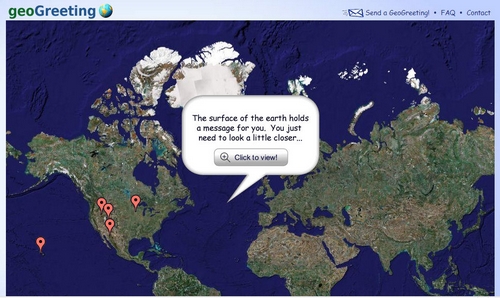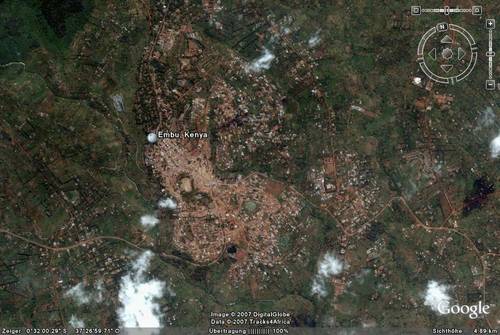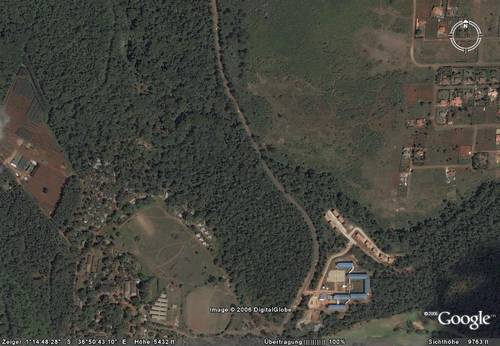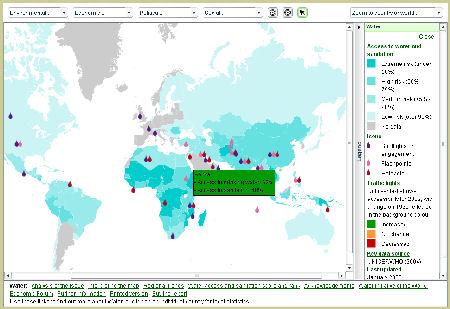I read this story on GIS services to be installed at the Police in Kenya (for crime tracking) and a conference/workshop that had been in held in Nairobi on this matter, organized by ESRI (GIS software company).
Someone was quoted as having said that all GIS services // data should be organized in a central database and made available to anyone who needs to work with it (free & against charges).
Earlier this week I started working on some GIS maps for Kenya and combining a pysical map of a water catchment area with local attributes (poverty figures, etc.). I do agree that such maps should be stored in a single database so that all organisations and instutions in Kenya are using the same maps and shouldn’t start coming up with their own homebrewn versions. There’s no need for double work.
Ppl in Kenya know this and I am not the first person who had this idea. Yani, between having the idea and actually maintaining such a database is a huge gap. Does anyone know where to obtain maps & figures for Kenya?
So far I have collected data from these online resources:
Depha.org – Data Exchange Platform For The Horn Of Africa (good!!)
GeoCommunnity (Kenya national data )
ILRI Kenya – International Livestock Research Institute (awesome collection)
…and another resource I just can’t remember right now…
While googling for free gis data, I came across a workshop that had been held recently in Nbo and which showed that the top officials of the Ministry/Authority I am currently working for had been officially informed on the proper use of GIS systems. So….these folks know about the advantages and received proper training I wish I could have enjoyed as well. It seems that GISystems have been introduced many times in Kenya and still there is no central database for such data. Or is there?
Which brings me to another thing I wanted to mention: Like in any other country, there are the ordinary wanainchi on the streets and some very smart and intellectual people that always impress me with their exact analysis and understanding of certain situations. Social, political, environmental – you name it, they can explain it – and even under a historical context. Koigi isn’t the only frustrated intellectual out there, there are many others who qualify to substitute even those typical 1970s university dons (with their hatred and aggregated mzungu aggressions) and help build this country.
Well, you see, the reason I mention this normality which otherwise would imply some sort of contemptuousness for the rest of the nation is that our former landlord G.Kirima – to name at least someone – used to be Deputy Major of Nairobi in 1974 ALTHOUGH he doesn’t even know how to write his name. Now that’s 32 years ago. And Kenya has changed kabisa. The nation of drunkards, as some like to call it, also knows that a beer never goes without a story. The intellectual wit, this desire to get an understanding for the overall context and mix everything to a big picture while at the same time keeping this timeline and analysing political circumstances with social developments – I think that’s one of Kenya’s biggest potentials.
Happy 144mio Kshs. Heroes Day!





